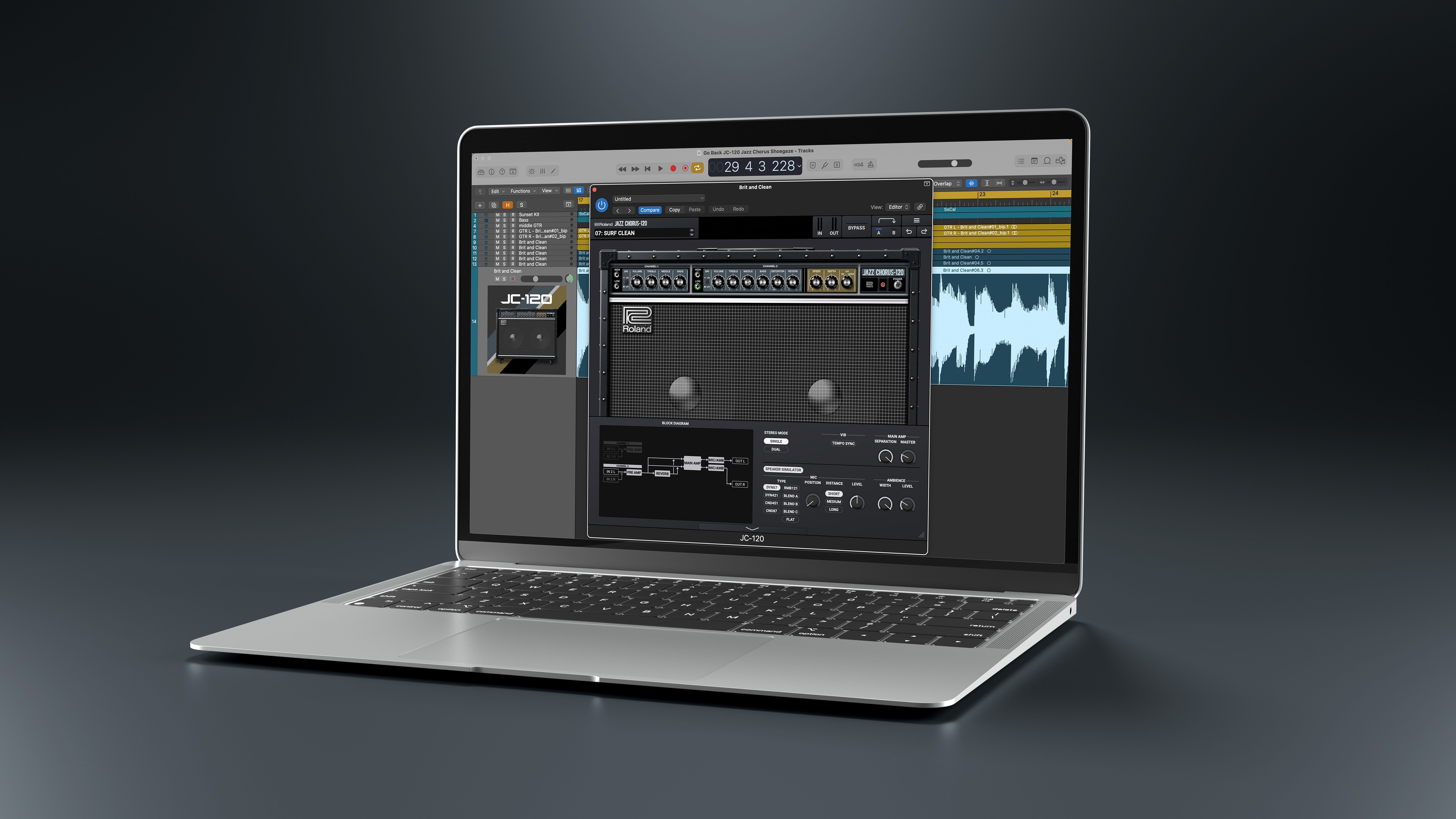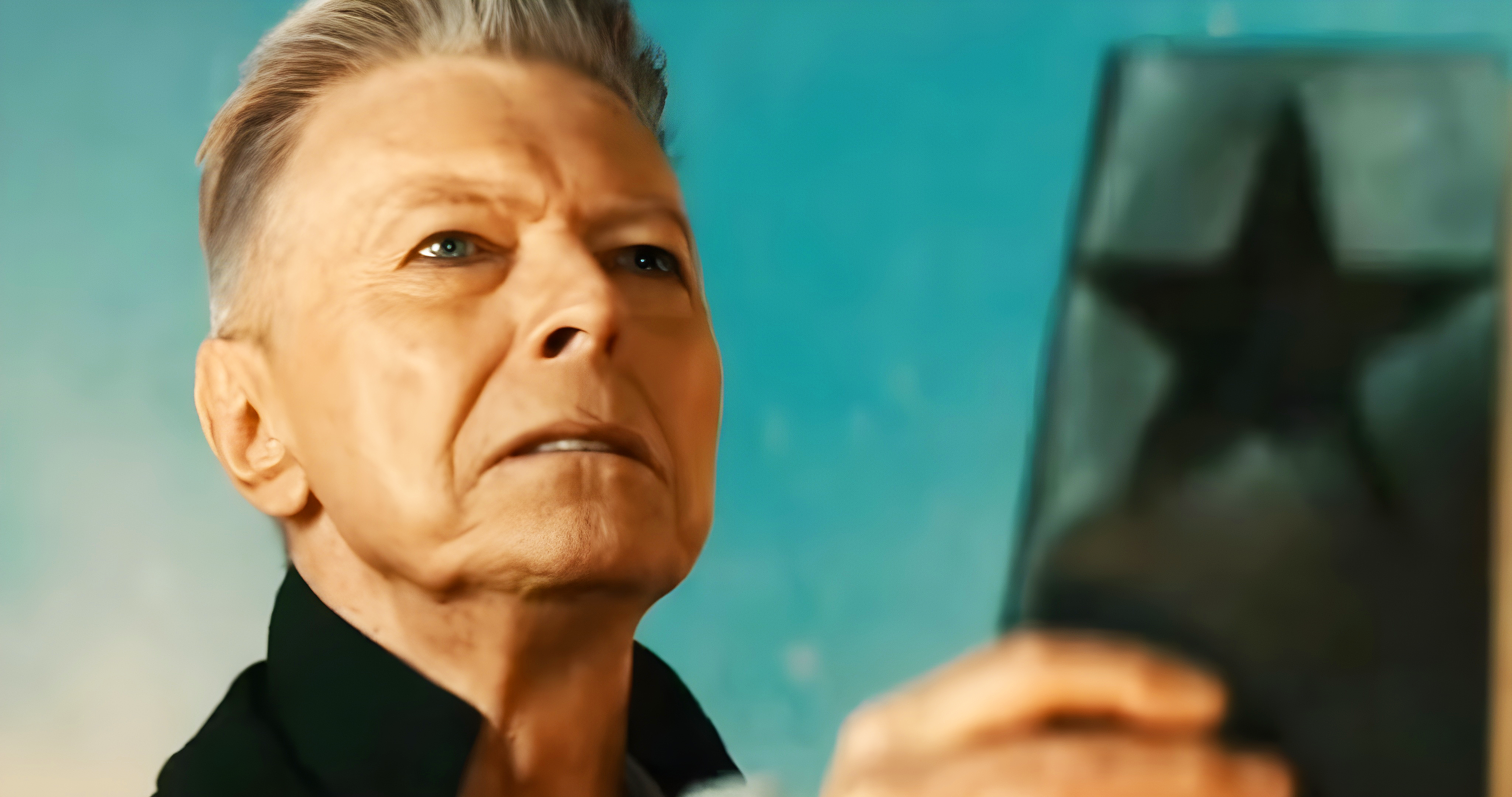“We were making a new hybrid music, we were something different”: How futurepop brought the sound of tomorrow to the dawn of a new century
Balancing the euphoria of synth-pop with the harder edges of EBM, futurepop was the sound of a distinct moment - yet its sonic footprint withstood the test of time
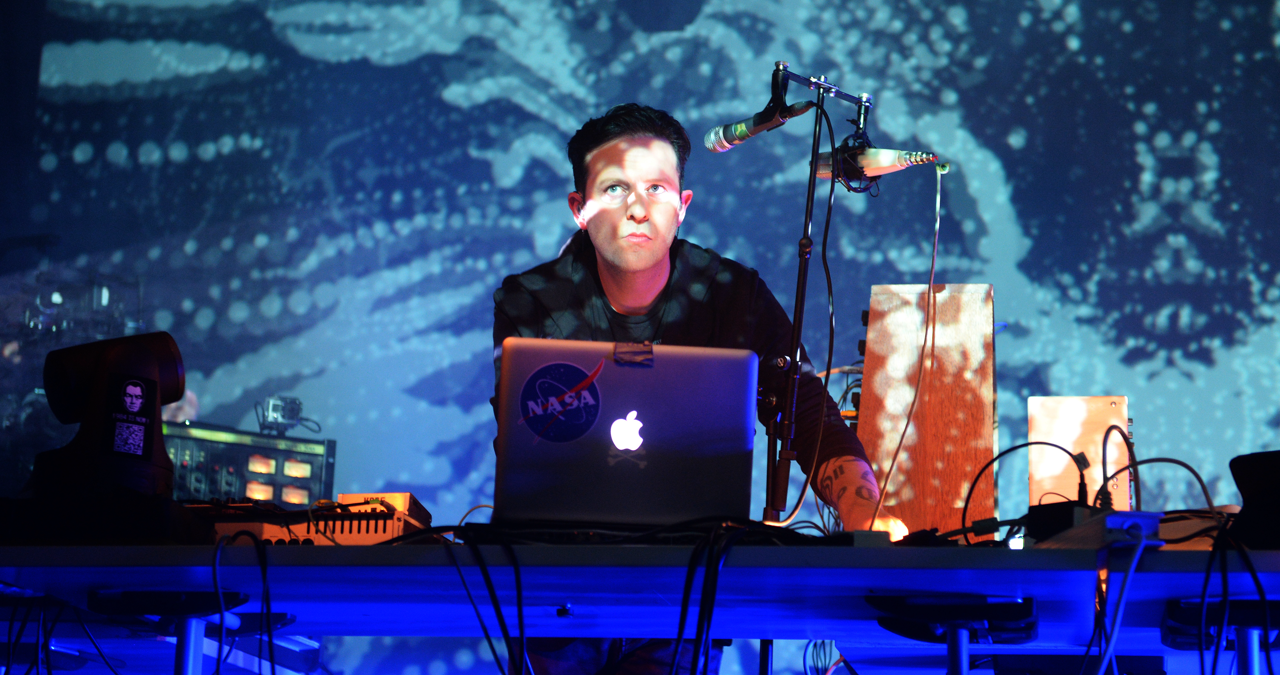
A heady combination of trance-like rhythms housed within the more conventional lyric and song-structures of synth-pop (and a not inconsiderable helping of sturdy industrial and pulse-pounding EBM) the genre known as ‘futurepop’ is perhaps one of the most accessible within electronic music’s menagerie of styles.
The term was first coined by VNV Nation’s Ronan Harris, who - at the time - was trying to find a way of defining the sonic and intellectual ethos behind the future-focussed music that he was making.
The kinds of tracks that VNV Nation (and fellow futurepop pioneers Apoptygma Berzerk and Covenant) were creating was simply regarded by its creators as a blending of of synth-pop with the tighter elements of dance music and the heft of industrial. Songs like VNV Nation’s Standing (1999) and Apoptygma Berzerk’s Love Never Dies (1996) clearly demonstrate a spiritual similarity, albeit with different drivers behind the wheel.
Because of this unity of sonic purpose, Harris decided that the term ‘futurepop’ best summed-up the angle of VNV Nation and their contemporaries, set against the then-growing smorgasbord of electronic music varieties.
For Ronan, there were also more practical considerations that motivated the creation of a genre; “I used the name [futurepop] to get us played on the radio,” Harris told Regenmag, “A lot of people don’t realize that. I call us alternative/electronic. We didn’t have a name for what we did - this mixing of trance elements with EBM and giving it a darker, more sentimental and melancholic feel.”
In the same interview, Harris admitted that while futurepop was an apt flag with which they and their ilk could define themselves, it did lead to problems…
“A lot of people jumped [on] the bandwagon when myself, Apoptygma Berzerk, and Covenant all used that term. It was myself and Stephan Groth from Apoptygma who discussed it, and I suggested the name to him and he said, ‘OK, yeah, cool,’ and it got us played on the radio because the radio wouldn’t play anything with the words EBM or goth attached to it. We were making a new hybrid music; we were something different.”
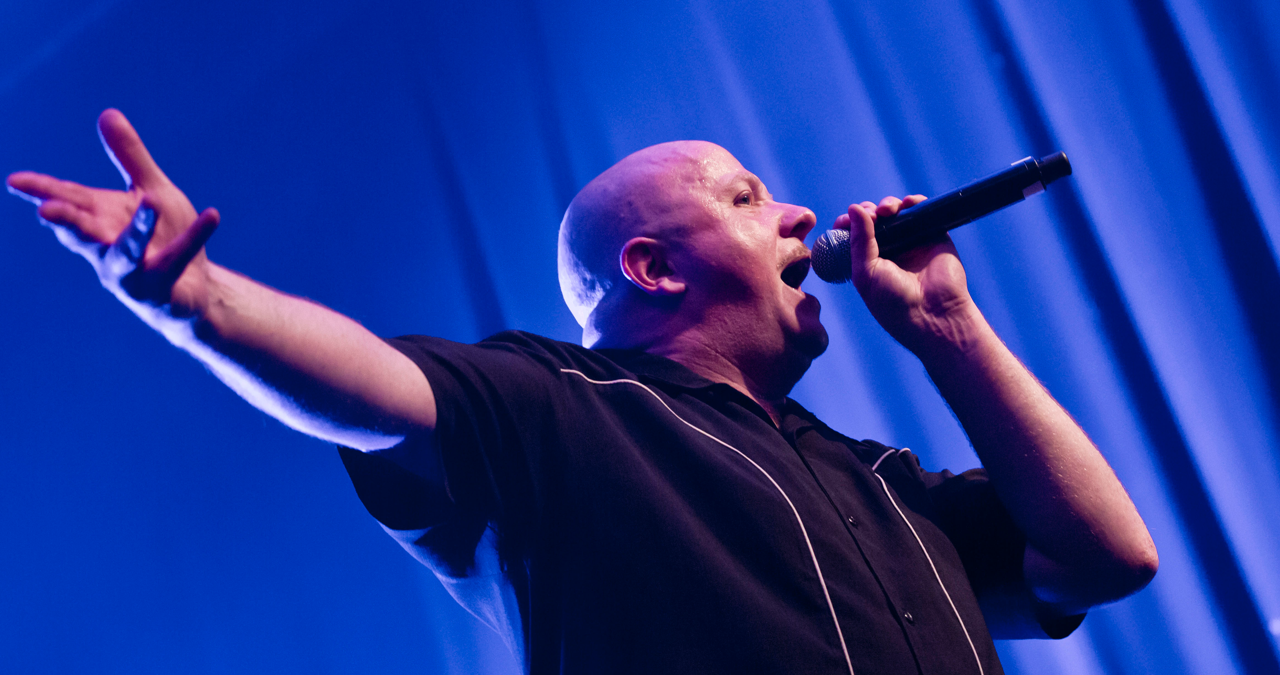
History lesson over, so just what elements define the sound of futurepop?
Firstly, if you’re thinking of the more recent usage of the term (‘future pop’ - with a space) often ascribed to 21st century artists like Robyn, then that's something completely different - and nothing to do with this original definition.
Futurepop is primarily built around uplifting, positivity-provoking trance elements, with vocals that are more conventionally performed than the often over-proccessed style found elsewhere in the electronic music space.
It's often said that the genre heavily cribs from the synth-pop universe, but hitches that genre’s more melodic tropes to club-oriented beats, galvanising bass and perpetual energy.
It’s typically to be found being played at goth and industrial-themed club nights (and can easily be erroneously labelled as such).
Futurepop is something of a transition genre that bridges several quite distinct approaches to music-making. It’s more regarded as an 'alternative' genre as opposed to other, more mainstream dance music genres.
Let’s break down the core elements that are integral to any futurepop track
Get the MusicRadar Newsletter
Want all the hottest music and gear news, reviews, deals, features and more, direct to your inbox? Sign up here.
Futurepop Key Elements
Futurepop key elements
1: Vocals
The core difference between futurepop and many other electronic genres is the fact that vocals exist in a more ‘performed’ context than the overly-processed (or chopped) vox you might find in other forms of dance music. It’s akin to synth-pop in that regard. Catchy vocal hooks and more classic song structures (verse-chorus-verse) are commonplace in futurepop. Lyrically, a futuristic setting is - as you can probably expect - staple. In particular are lyrical themes alluding to transhumanism (i.e. becoming a cyborg - hence the genre’s popularity among the ‘cybergoth’ subculture), and a general sense of hopeful longing set against a dystopian future.
2: Beats
The rhythmic bedrock is largely borrowed from EBM (electronic body music) - that is a relentless, sustained power and the mixing in of syncopated beats over a four-to-the-floor base. More glitched out and wonky elements can add to the sensation of techno-futurism, but the primary motivation here is to get people moving or keep the listener in that pulsing, club-oriented zone. It needs to be ‘tough’ in tone, and can lean towards the industrial genre if you’re so inclined. Speed-wise, anything over 130BPM is probably too fast for this genre.
3: Bass
As with the beats, the bass should be similarly robust and in-step with the rhythm, yet can have more room for melodic furnishing, to emphasise hooks or introduce further counter-melodies. A rumbling sub-bass is often deployed to add further weight to arrangements while filter effects or modulation such as chorus, reverb or distortion can add movement and grit to your low-end.
4: Synths
Lead synth melodies are essential, and should be bright and vibrant atop the more harder-pulse of the central rhythm section. They can be as ‘cheesy’ as you like, and usually sit amongst a wider stew of synth sounds, including stretched out pads and ‘cinematic’ chord sequences, often heavily leaning on minor keys. Arpeggios can contribute to the sense of movement and energy. They could also be read as a sonic illustration of the idea of computing and technology.
5: Melody and Structure
As we indicated above, the structure of a futurepop deviates from the more repetitive, beat-oriented arrangements of general dance music, and looks towards pop and rock for its song structure. That chorus should be as full-blooded as possible - futurepop is all about reaching through the encroachment of technology to the humanity under the surface - so you can go big in performance terms.
6: Mixing
Overall, the track should be mixed in a more conventional way than other dance music genres, with mid-range emphasis on the central vocal, which should be cleanly recorded with minimal treatment (if any, save for perhaps some minor tuning adjustment or light colouration). The low-end should be consistently punchy and free of mud while the synth elements should be spaciously panned in the mix. Effects such as reverb and delay are encouraged but you should make sure you automate their usage.
Futurepop artists
Key futurepop artists
1: VNV Nation
The architects of futurepop, VNV Nation - the acronym stands for ‘Victory Not Vengeance’ - were founded back in 1990, and have been cited as the main originators (certainly the namers) of the futurepop genre. Debut album Advance and Follow was released in 1995, followed by nine more studio albums which expanded their musical palette further, beyond the confines of this one genre. Orbiting the central figure of Ronan Harris, VNV Nation are an essential listen if you’re even remotely interested in futurepop.
2: Covenant
Hailing from Helsingborg, Sweden, Covenant are also attributed with popularising the futurepop genre, melding expertly-crafted songwriting with dogged, industrial power. While they too have had an expansive career, it’s first album Dreams of a Cryotank which predicted the futurepop mould.
3: Code 64
Fellow Swedes, Code 64, also deal in an electronic body music/synthpop hybrid that fits with the general purview of futurepop. The more melodically-angled work of their 2003 debut album Storm was justly compared to VNV Nation. Following a hiatus, the band - consisting of Henrik Piehl and Christian Espeland reformed in 2020, and continue to produce spellbinding work.
4: Apoptygma Berzerk
Norway’s Apoptygma Berzerk, alongside VNV Nation, were co-spear-headers of the futurepop movement. Formed in 1989 by Stephen Groth and Jon Erik Martinsen, the pair cribbed influences from both the Germanic sound of Kraftwerk and the vibrancy of synth-pop acts like OMD, landing on something that was uniquely their own, but also would comfortably coalesce with the futurepop ethos.

I'm the Music-Making Editor of MusicRadar, and I am keen to explore the stories that affect all music-makers - whether they're just starting or are at an advanced level. I write, commission and edit content around the wider world of music creation, as well as penning deep-dives into the essentials of production, genre and theory. As the former editor of Computer Music, I aim to bring the same knowledge and experience that underpinned that magazine to the editorial I write, but I'm very eager to engage with new and emerging writers to cover the topics that resonate with them. My career has included editing MusicTech magazine and website, consulting on SEO/editorial practice and writing about music-making and listening for titles such as NME, Classic Pop, Audio Media International, Guitar.com and Uncut. When I'm not writing about music, I'm making it. I release tracks under the name ALP.
"If I wasn't recording albums every month, multiple albums, and I wasn't playing on everyone's songs, I wouldn't need any of this”: Travis Barker reveals his production tricks and gear in a new studio tour
“My management and agent have always tried to cover my back on the road”: Neil Young just axed premium gig tickets following advice from The Cure’s Robert Smith



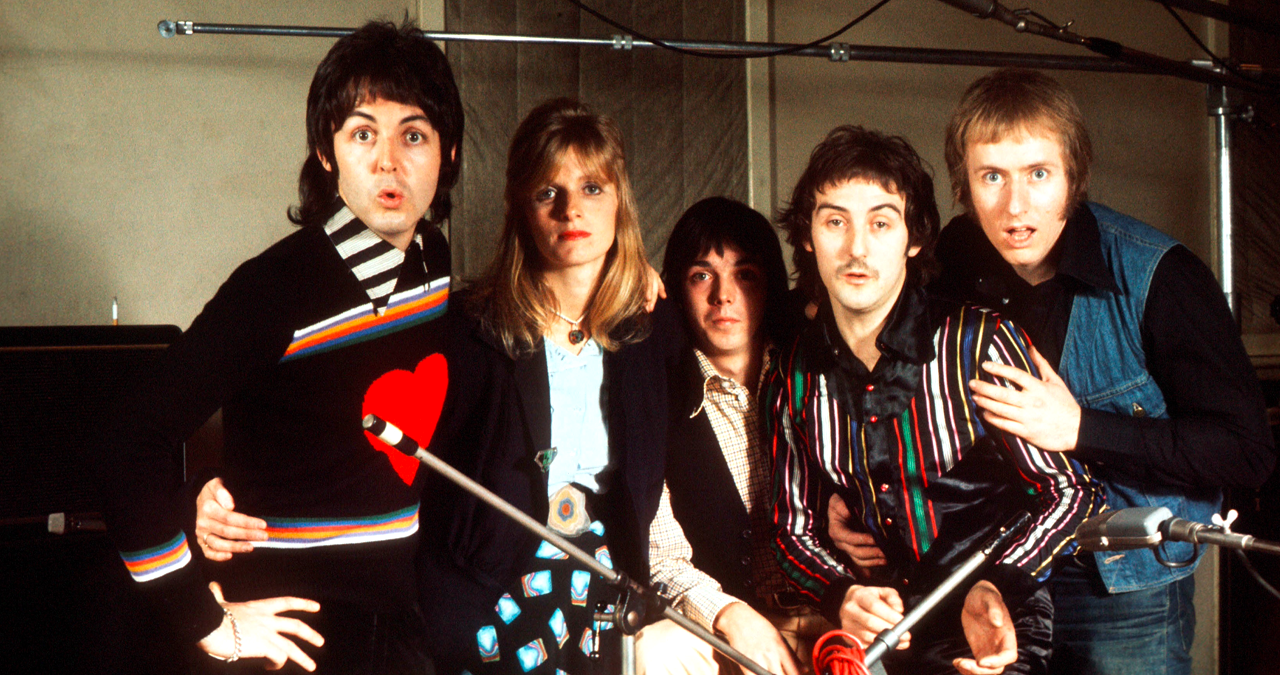
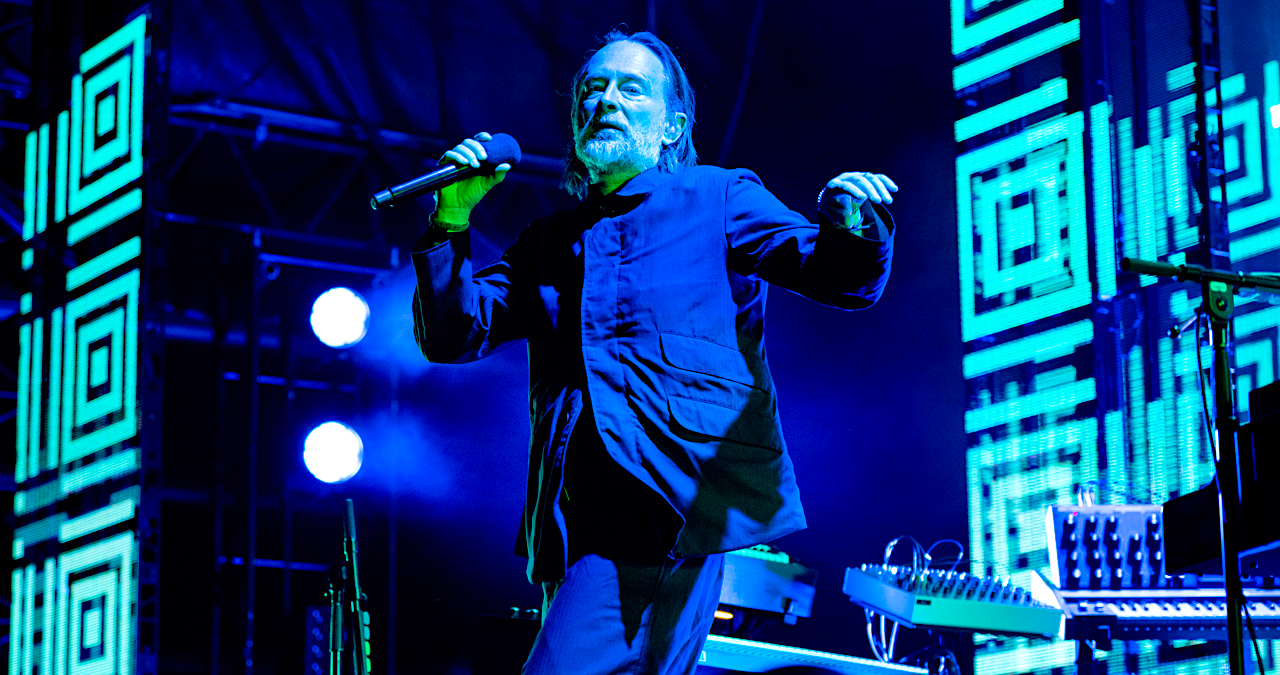
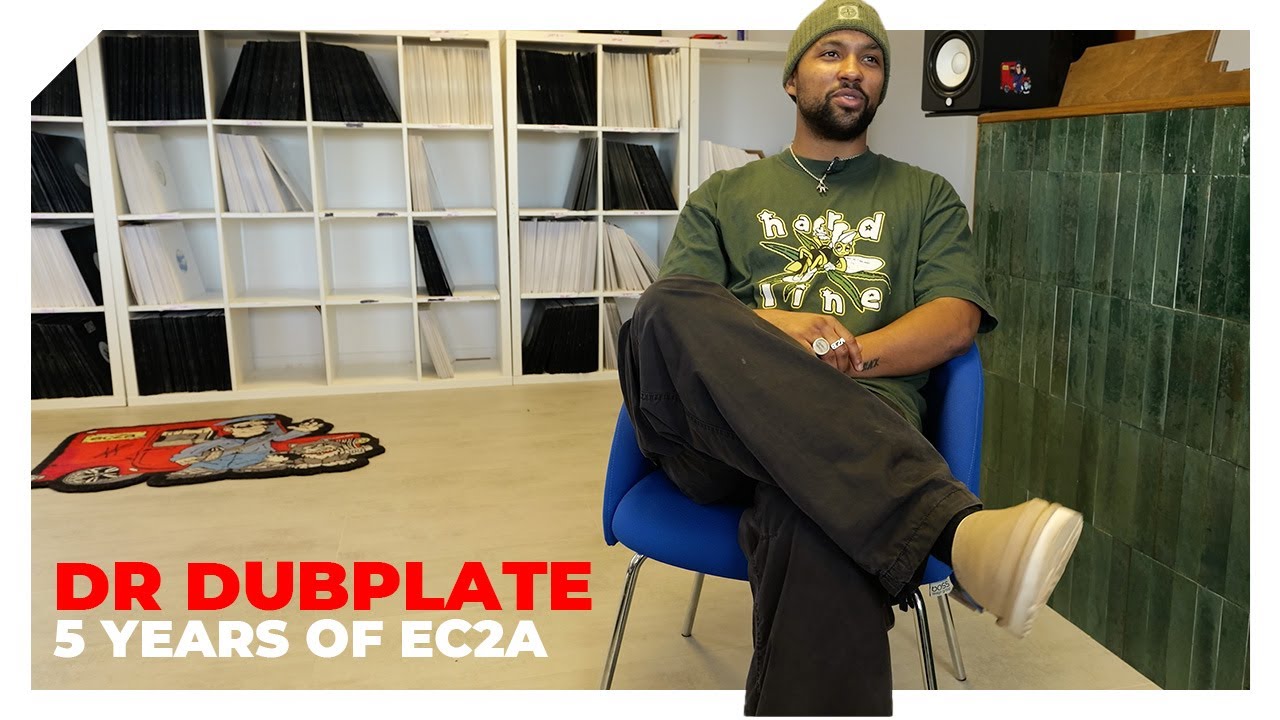
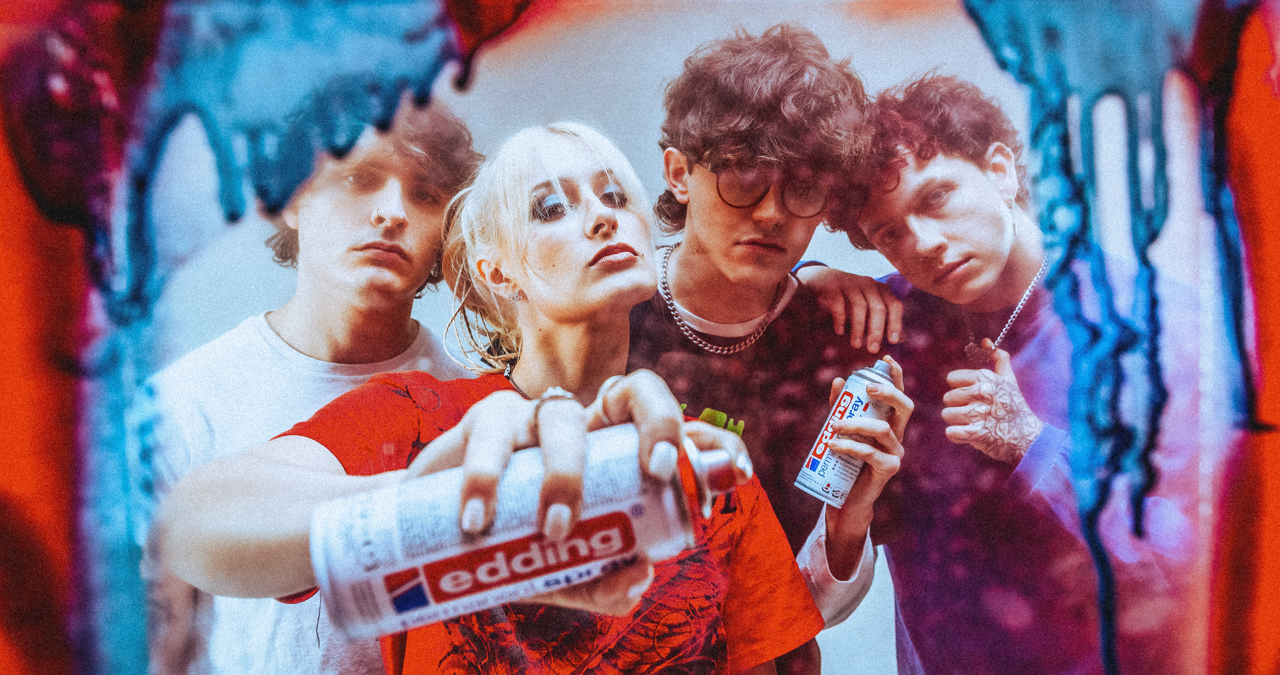
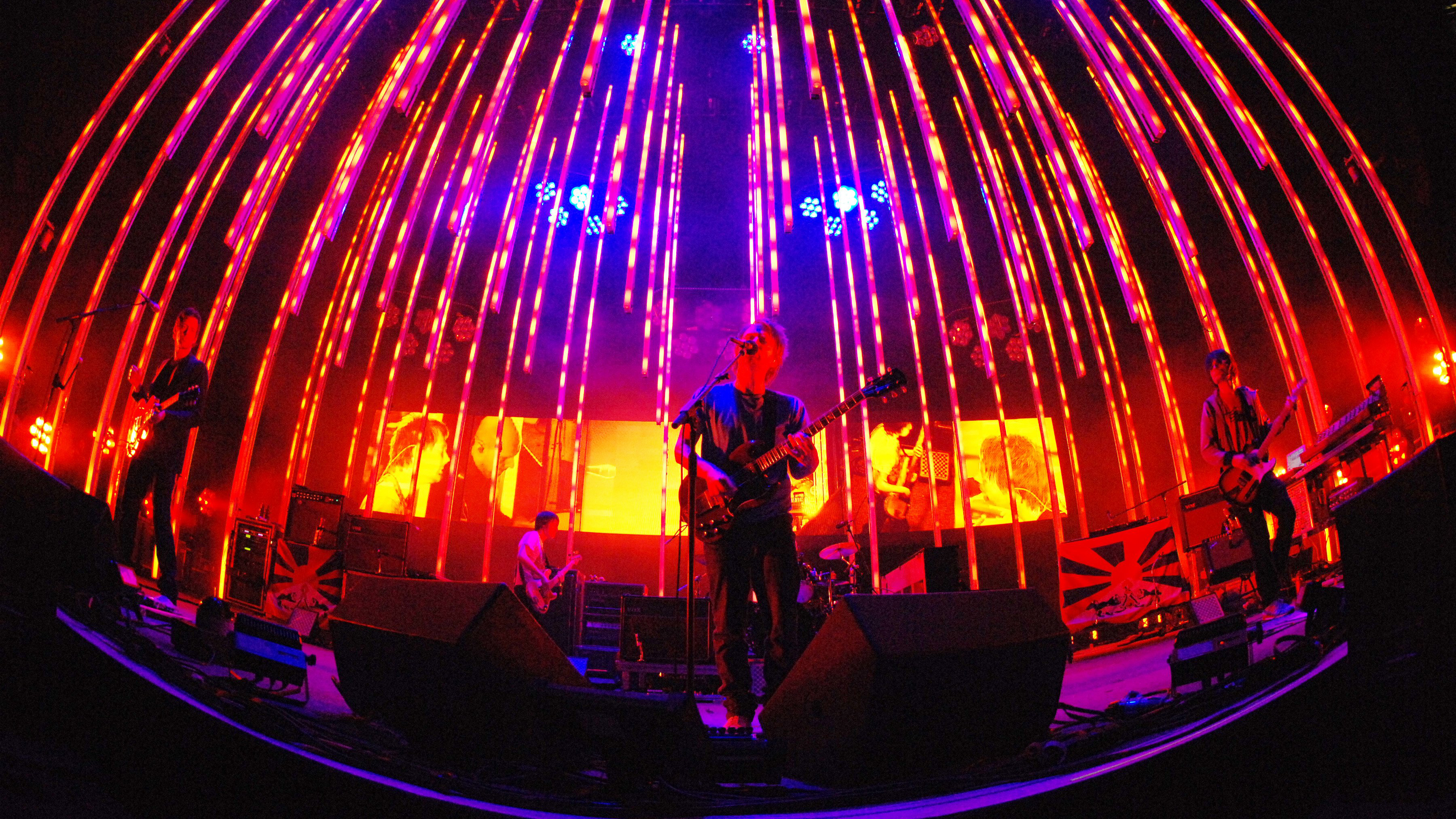
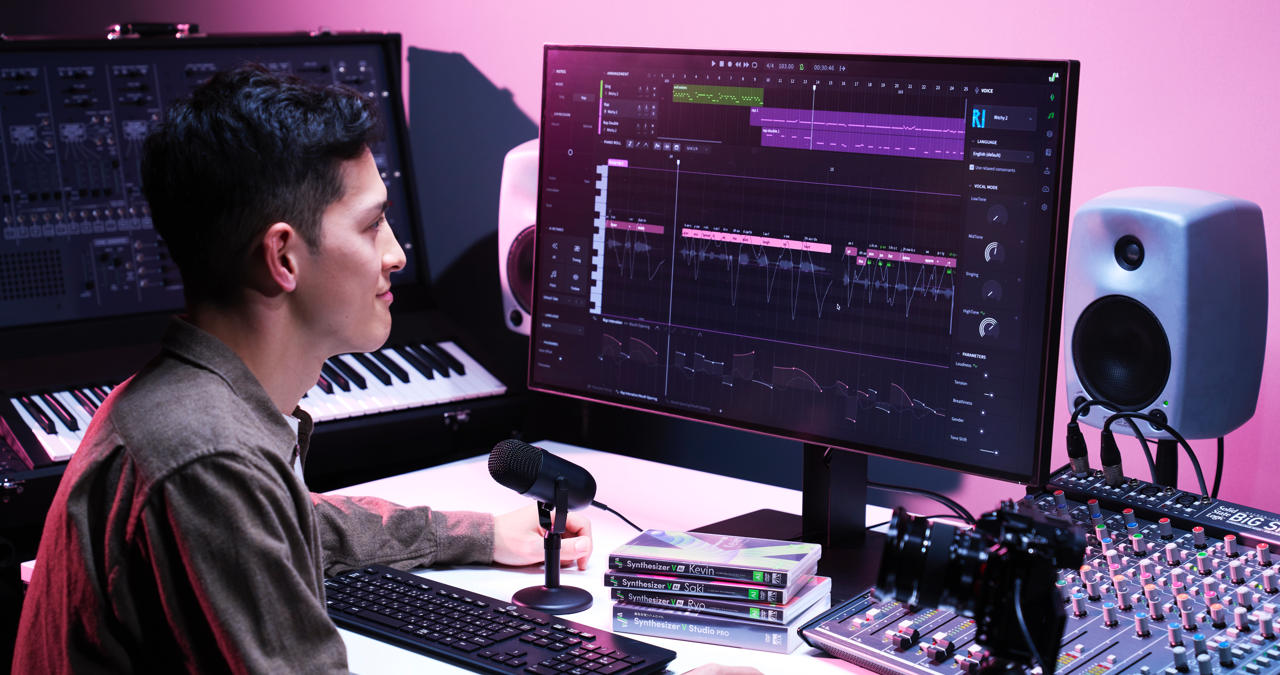
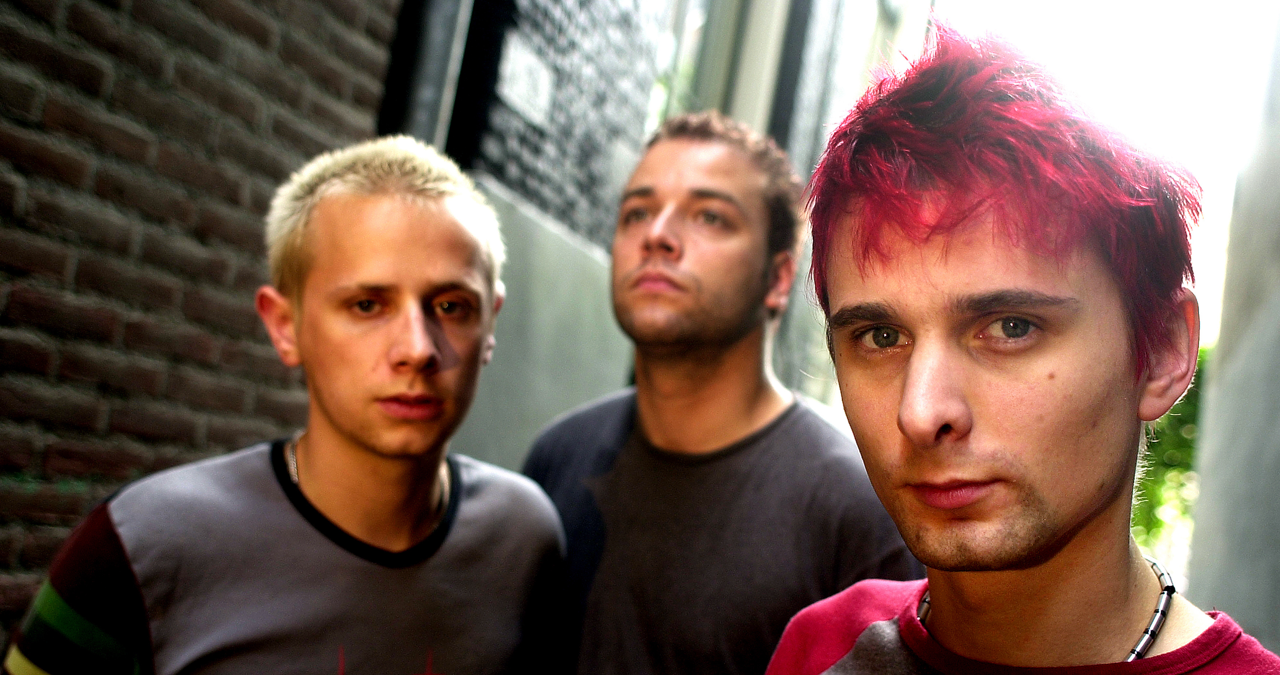
![James Hetfield [left] and Kirk Hammett harmonise solos as they perform live with Metallica in 1988. Hammett plays a Jackson Rhodes, Hetfield has his trusty white Explorer.](https://cdn.mos.cms.futurecdn.net/mpZgd7e7YSCLwb7LuqPpbi.jpg)
